The Rue belongs to the Rauteng family and is assigned to aromatic plants and medieval medicinal plants. Due to the strong effect of its predominantly ethereal components, an above-average knowledge of herbs is necessary. Outside of the specialist trade and homeopathy, it is now mainly used as an ornamental plant by lovers of old plant varieties.
Occurrence & cultivation of the rue

This perennial plant is found in natural occurrences in the Mediterranean area, where it prefers calcareous and sandy soils with lots of sun. The perennial medicinal herb has small and rounded leaves that become narrower towards the stem. Their blue-green color, which goes back to the tires with a layer of wax, is striking. The leaves have a fine division in the form of a split.
In terms of vegetation, the medicinal herb is classified as a subshrub with weakly woody sub-branches. The rue can reach a height between 40 cm and 1 meter. The scientific epithet “graveolens” comes from the Latin language and is translated as “strong smelling”. This name indicates the strongly aromatic and idiosyncratic sweet scent of the rue leaves, which is also said to keep vermin and snails away quite reliably.
This intense smell is due to the numerous oil glands, the leaves taste bitter, the diamond fruits even a bit burning. An 8 percent share of rutin is responsible for the bitter substances, a polyphenolic (aromatic compound) flavolone glycoside (secondary plant substance) that contains the disaccharide rutinosee (reducing sugar). The hermaphrodite flowers are almost odorless. They are designed as four-fold side flowers and five-fold at the end. The trugdoldige bloom appears as panicle-like pleiochasium (pointed inflorescence) in appearance. The bloom time of the four- to fivefold capsule fruits lasts from June to November.
Effect & application
Malic acid, rutin, essential oil, coumarin glycoside, bitter substances, glycosides, resin, various alkaloids, methyl anthranilate, terpene derivatives, anethole glycol and starch act as medicinal herbal ingredients. Only the blue-green leaves that contain these ingredients are used. For this reason, the yellow flowers are rarely used in herbal medicine as an addition to mixed herbal teas.
Prepared as tea, the rue leaves are effective against digestive problems, as well as hot flashes and increased blood tendency in the head during menopause. It promotes blood circulation, relieves cramps and counteracts menstrual cramps. The active ingredients of rue have a positive healing effect on flatulence, high blood pressure, rheumatism, gout, irritable stomach, irritable bowel, circulatory disorders, gout, inflammation, bone pain and stomach cramps.
The rue is particularly beneficial for the eyes. If you have poor eyesight, overexertion and burning eyes, compresses or eye baths with the plant extracts provide quick relief. The rue is easy to use in the form of an organic herbal elixir, which is available online in various drugstores, pharmacies and herbalists.
Importance for health, treatment & prevention
Pregnancy is contraindicated, as the active ingredients in rue can lead to miscarriages. This risk is due to the fact that an overdose of the powerful ingredients causes the uterus to contract. In addition, the rue has a phototoxic effect. When touched and exposed to sunlight at the same time, the rhombus can cause skin damage in the form of discoloration, blisters and irritation.
Due to its complex and dangerous effects in some cases, this medicinal plant is rarely used in its natural state. Some ingredients of rue, such as the highly concentrated alkaloids, are classified as highly toxic substance classes. For this reason, it is advisable to use this medicinal herb on your own responsibility only if you have very good knowledge of herbs. Proponents of herbal medicine can rely on the expertise of pharmacists and homeopaths.
Ruta is offered in the form of homeopathic products as globules, ampoules, tablets and drops. The symptomatic rue appearance in homeopathy is restless and anxious. The predominant feelings are weakness, exhaustion and fatigue. People for whom Ruta is indicated are inaccessible to factual arguments, are easily irritable and do not concentrate. For this reason, they perceive their environment more subjectively than objectively and often fall into defiant acts when others do not share their opinion.
Because of their psychological alignment, they are also prone to unexplained anxiety and hypochondria. The physical symptoms are red eyes, inflammation of the tendons, and general pain. Since the homeopathic dosage form is expertly potentiated, the natural and toxic ingredients are neutralized. There are no known side effects in this dosage form.
In order to avoid drug testing, it makes sense to only take Ruta in coordination with the clinical picture and after consulting a homeopath. An involuntary drug proving in homeopathy means that remedies that are taken on mere suspicion without prior examination for the clinical picture are more likely to worsen the symptoms than to improve them or to be ineffective. Even different preparations that are taken at the same time can cancel each other out or make it worse.
Homeopaths have detailed knowledge of the available homeopathic substances and prescribe the preparations for their patients exclusively in accordance with their personal clinical picture, as they, unlike conventional doctors, assume that every organism and person reacts differently to health disorders. He assigns even the smallest details to the individual complaints of the patient and thus finds the right remedy. The rue is very popular in the perfume industry because of its essential oils.

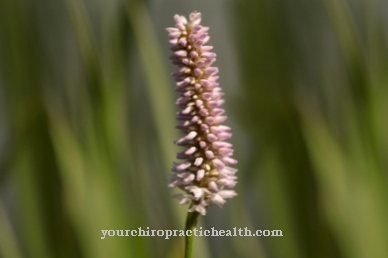
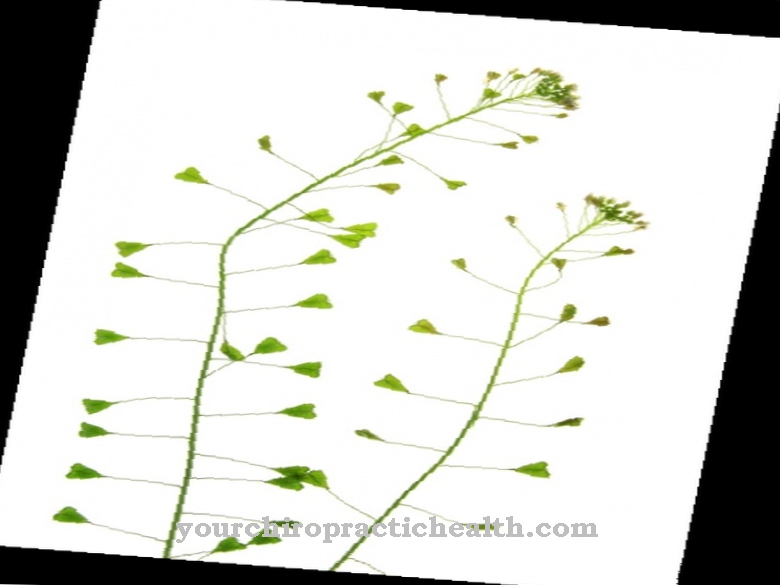
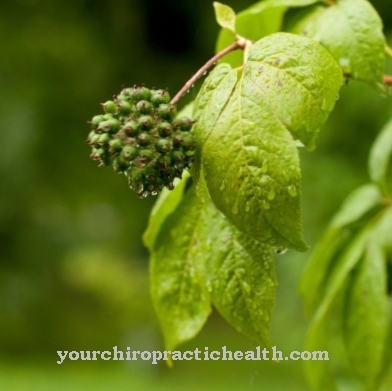

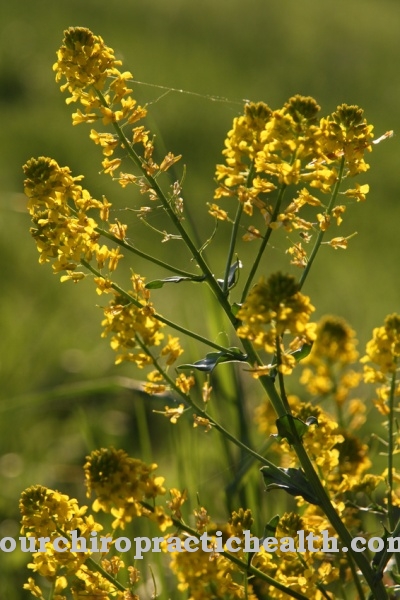
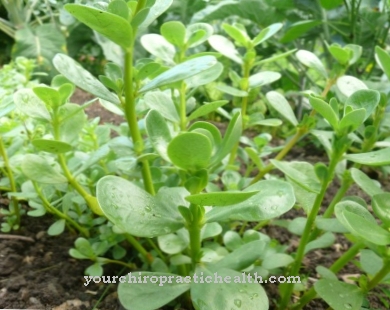


















.jpg)


